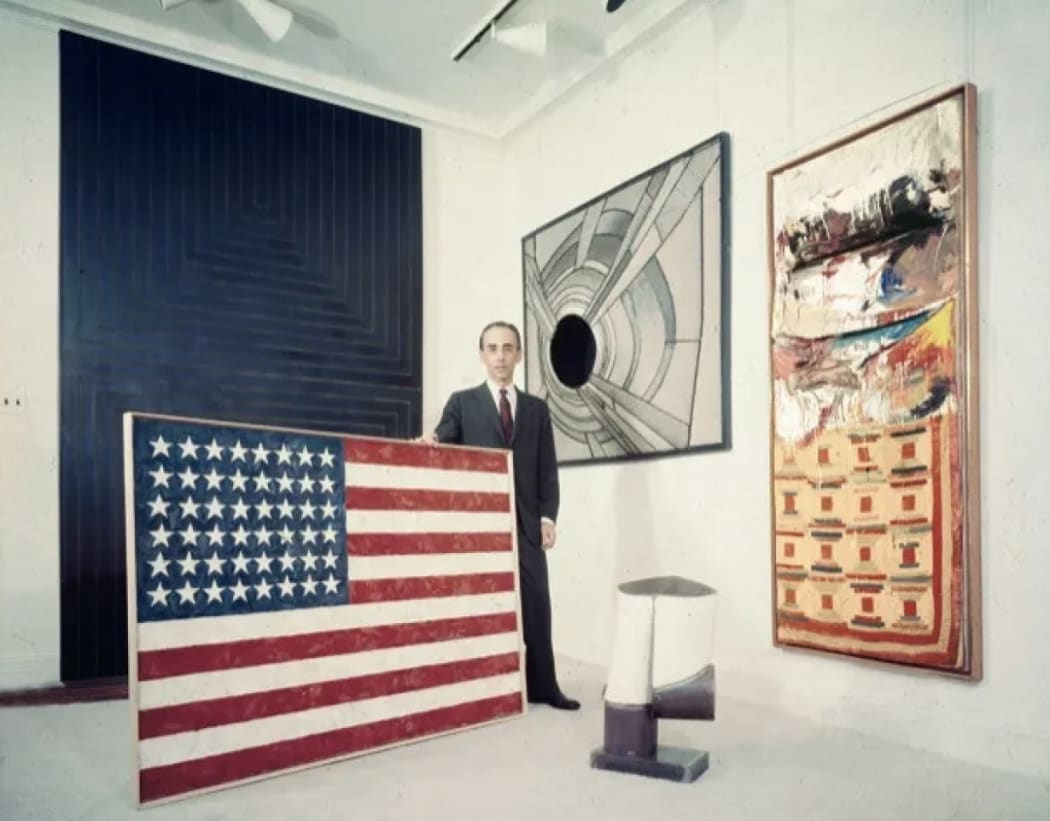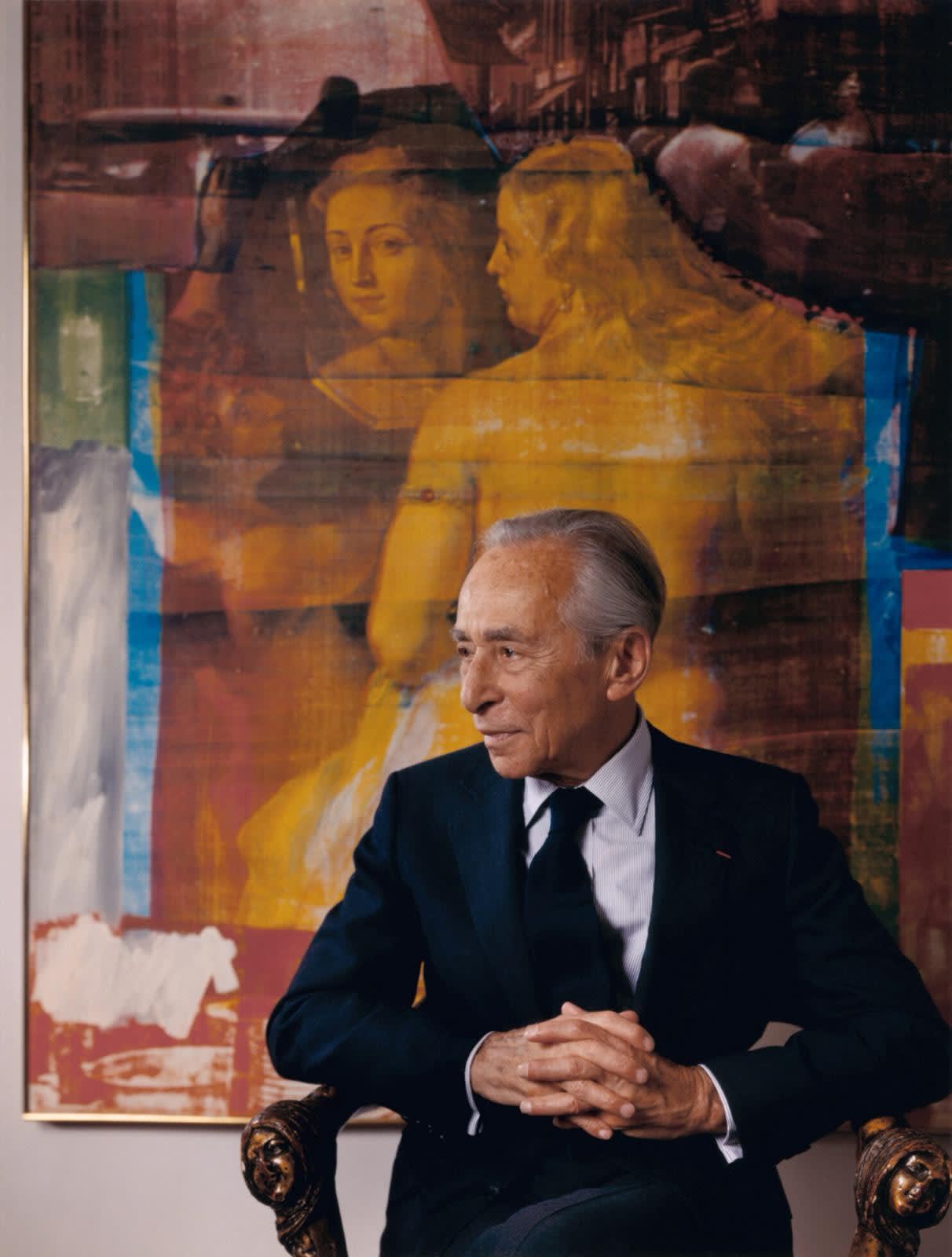
Few figures have shaped the course of contemporary art as profoundly as Leo Castelli. Known not only for his keen eye, but for his unwavering commitment to the artists he championed, Castelli turned the role of the art dealer into that of tastemaker, talent scout, and patron all at once. From a modest gallery on East 77th Street, he helped launch the careers of icons including Jasper Johns, Robert Rauschenberg, Roy Lichtenstein, and Andy Warhol, redefining the artistic landscape of postwar America.
Born in Trieste in 1907, Castelli immigrated to the United States in the 1940s. His background in law and banking may have suggested a conventional path, but his passion for modern art proved far more potent. By the time he opened the Leo Castelli Gallery in 1957, he was already immersed in the intellectual and visual conversations of European modernism, yet ready to embrace something radically new.
That “something new” was American art: raw, bold, and unapologetically contemporary. Castelli was among the first to recognize the brilliance of Jasper Johns' targets and flags, or the cultural clarity in Warhol's soup cans. Castelli stood out for his special approach in managin artists, he was investing in them, and building an infrastructure that allowed these artists to thrive. Perhaps Castelli's greatest innovation was his dealer model. He offered stipends to artists before their work sold to provide support.
His influence extended beyond the walls of his gallery and into the DNA of today’s art world. The concept of a gallery as both incubator and amplifier, now standard practice among top-tier dealers, was pioneered by Castelli. Even decades later, the echoes of his legacy are clear in how we discover, collect, and think about contemporary art.
Leo Castelli’s legacy is rooted in foresight, not only in recognizing artistic talent, but in believing in it long before the market or public caught on. For Hakimi Fine Art, his career stands as a reminder that great art depends not only on creators, but on those willing to champion their work.
